Is Your Stretching Regimen Helping or Harming You?
Stretching is a common prescription to help with back pain. At https://www.healthoutcome.org, the world’s first crowdsourcing platform to rate medical interventions, stretching is the 6th most commonly used intervention, after physical therapy, NSAIDs, heat, rest, and cortisone injections. On a scale from 0-5, stretching (rated 2.6) is the 5th most highly rated intervention after Postural Modification (3.8), Yoga (3.1), Supplements (2.9), Weight Loss (2.8), and Meditation (2.7).
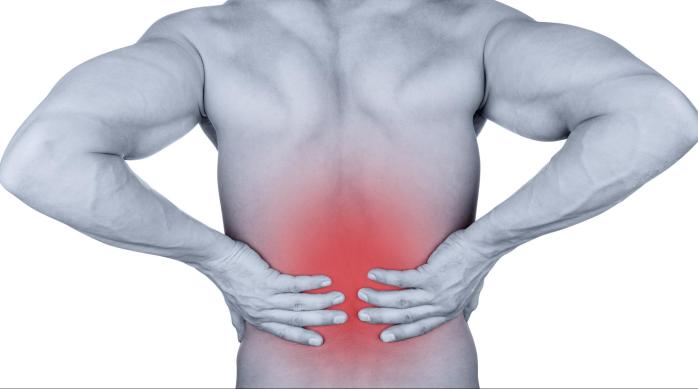
Back pain caused by tight muscles is common
The Gokhale Method considers stretching to be one of many essential pieces in solving most people’s back problems. Even though stretching alone cannot give an equivalent result to that of a well-crafted Postural Modification approach, it is a good thing, and if slightly tweaked, could give better satisfaction and results in less time. If done poorly, on the other hand, stretching can harm, rather than help you.
A few key concepts that can help your approach to stretching are:
Your hunter gatherer ancestors, with whom you share the vast majority of your genes, didn’t do stretches per se. In the course of their daily activities, their bodies were self-stretching, self-maintaining, and mostly, self-healing. It’s true our lifestyles are different from theirs, but this realization should provoke some enquiry about small modifications in our ways of moving that would enable us, too, to be as efficiently and effectively stretched out as our ancestors were.
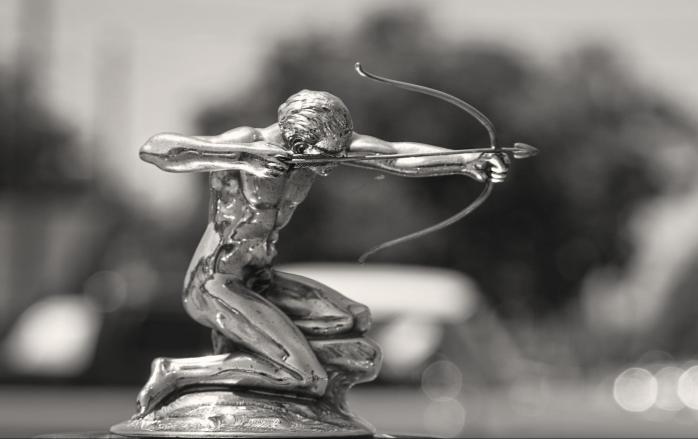
This hunter gets a natural shoulder stretch from using a bow and arrow
Not every muscle in your body needs to be super flexible. Unless you’re a gymnast or yogi, some stiffness here and there is well-tolerated, and can be beneficial when there isn’t great strength to balance extreme flexibility.
Flexibility is very useful in the following muscles: hamstrings (allows pelvic anteversion and hip-hinging), psoas (allows a full length stride without a swayback), external hip rotators (allows deep hip-hinging), pecs and traps (allows normal shoulder alignment and prevents pathology in the shoulder, facilitates good range-of-motion for the arms), and calves (allows the heels to remain on the ground for an extended time in a stride).
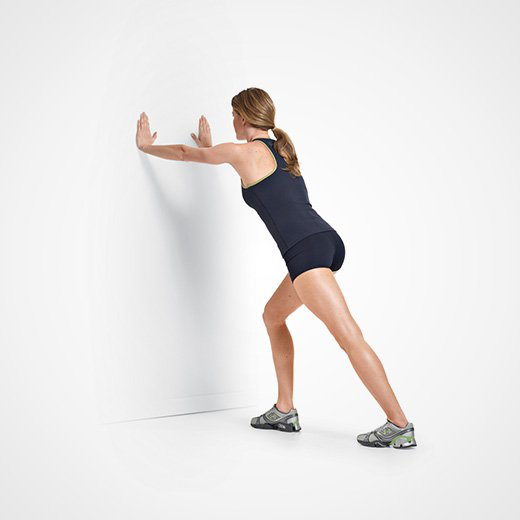
Calf stretches can help achieve a healthy stride
The reason these flexibilities are useful is that they facilitate normal human movement, which also gives a clue on to how to keep these flexibilities: PERFORM NORMAL HUMAN MOVEMENT! Hip-hinge well, stride well, maintain shoulder alignment well while moving the arms extensively, etc., and you’ll be largely covered for flexibility.
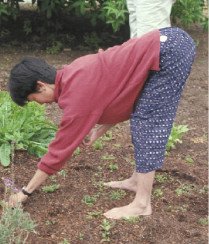
Hip-hinging in the garden keeps hamstrings flexible

Actor Shemar Moore keeps his shoulders rolled back when playing on the beach with some spare children
If your day does not include enough movement, supplement with a few, well-chosen stretches. It’s extremely efficient to do several stretches simultaneously. It’s even more efficient if you combine this with strengthening several muscles simultaneously.
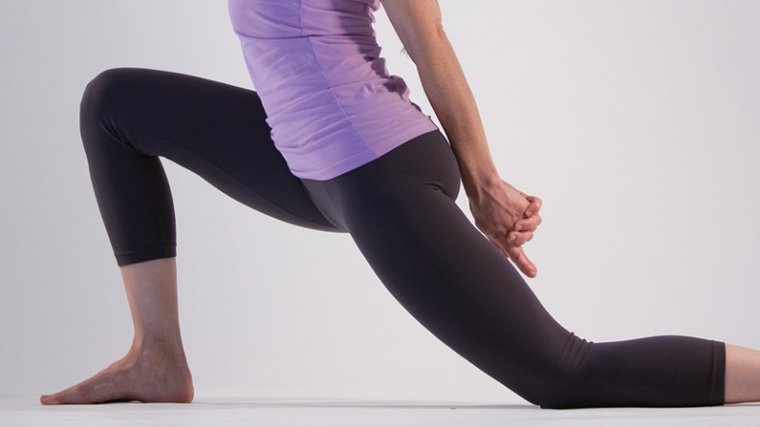
Stretching the psoas (enables a healthy stride) and pecs, while strengthening the quads
Yoga and dance are two approaches to exercise that are especially efficient and effective for satisfying stretch (and strengthening) needs. Most approaches to yoga and dance could use some tweaking to “do no harm” and do more good, but it’s hard to match the possibilities with these traditional, multi-faceted, tried and true practices.

Dance is excellent for increasing flexibility - and strength
Distinguish between flexibility of your muscles and laxity in your ligaments. This is a big one, folks! Flexibility in appropriate muscles is terrific; laxity in your ligaments is not! Ligaments are a type of connective tissue that connect bones and cartilage in your joints and provide stability to the skeleton. Overstretched ligaments become too loose to hold your joints together under pressure or tension. People with lax shoulder ligaments, for example, can sometimes dislocate and “pop” their shoulders back in too easily. People with lax ligaments in their spinal column are able to round their spines excessively.
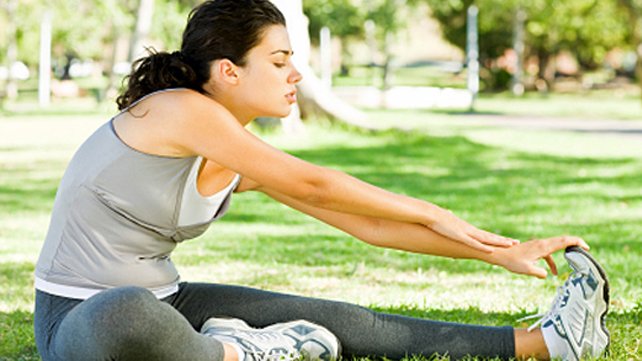
This common approach to stretching the hamstrings, done poorly, causes laxity in spinal ligaments
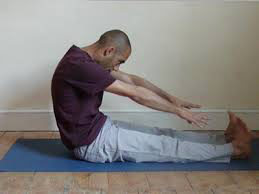
This person would be better off lying on his back and raising one leg at a time to stretch out his very tight hamstrings
Do you have any favorite stretches? Please share them with us! We can then talk about pro's and con's for the stretches you share.

Comments
Hi Esther,
Hi Laura,I think Sun
Hi Laura,
I think Sun Salutations are fabulous and a very healthy balance of poses to start the day well. It's one of my daily practices. I do show my students how to modify each pose in Sun Salutations, but it takes prep to do this justice.
First I like to introduce a broad overview of what a human needs and what constitutes normal static posture. I see that you've attended our free workshos both in person and online, and that's a good start. The book 8 Steps to a Pain-Free Back also provides this overview.
Next you need to learn how to do the poses of everyday life more skillfully - the recommended way is hands-on in one of our Gokhale Method Foundations courses. You will learn basic posture principles this way, and be covered for what you are doing 95% of the time.
Next comes learning how to do special activities, like dance poses, yoga poses, sports, playing instruments, etc. I consider these graduate activities - it's challenging to pay attention to all that's going on without having a basic layer of postural understanding in place. We have a program called Online University that has a video of me doing and teaching sun salutations - but we only make it available to graduates of the Gokhale Method Foundations course - the information and practices would be overwhelming to those without any background in basic posture.
I'll list a couple of principles that are more understandable to help you with the other yoga poses you list:
Cat: don't arch your lumbar spine - you've probably filled your quota on that.
Cow: dont' tuck your pelvis - you've probably filled your quota on that.
Downward facing dog - most poeple need to lift their heels off the ground and significantly bend their knees to get their backs to remain a healthy J-shape. Orientatin of the legs is improtant in this one also.
Spinal twist - spread it evenly throughout our spine rather than force the twist in a few levels.
Plough - lots of blankets - don't force your neck to do a big bend. You dont' need to touch the ground.
Shoulder stand - lots of blankets - don't force your neck to do a big bend.
Thank you Esther for the yoga
Cat can be good if you
Cat can be good if you restrict the arching to the upper back / shoulder area.
Cow can be done with benefit as well - getting rid of any lumbar sway and stretching out the rhomboids.
You can request a course in your town here; this can accelerate the process of bringing a teacher to your town.
Hi Esther,
Add New Comment
Login to add commment
Login